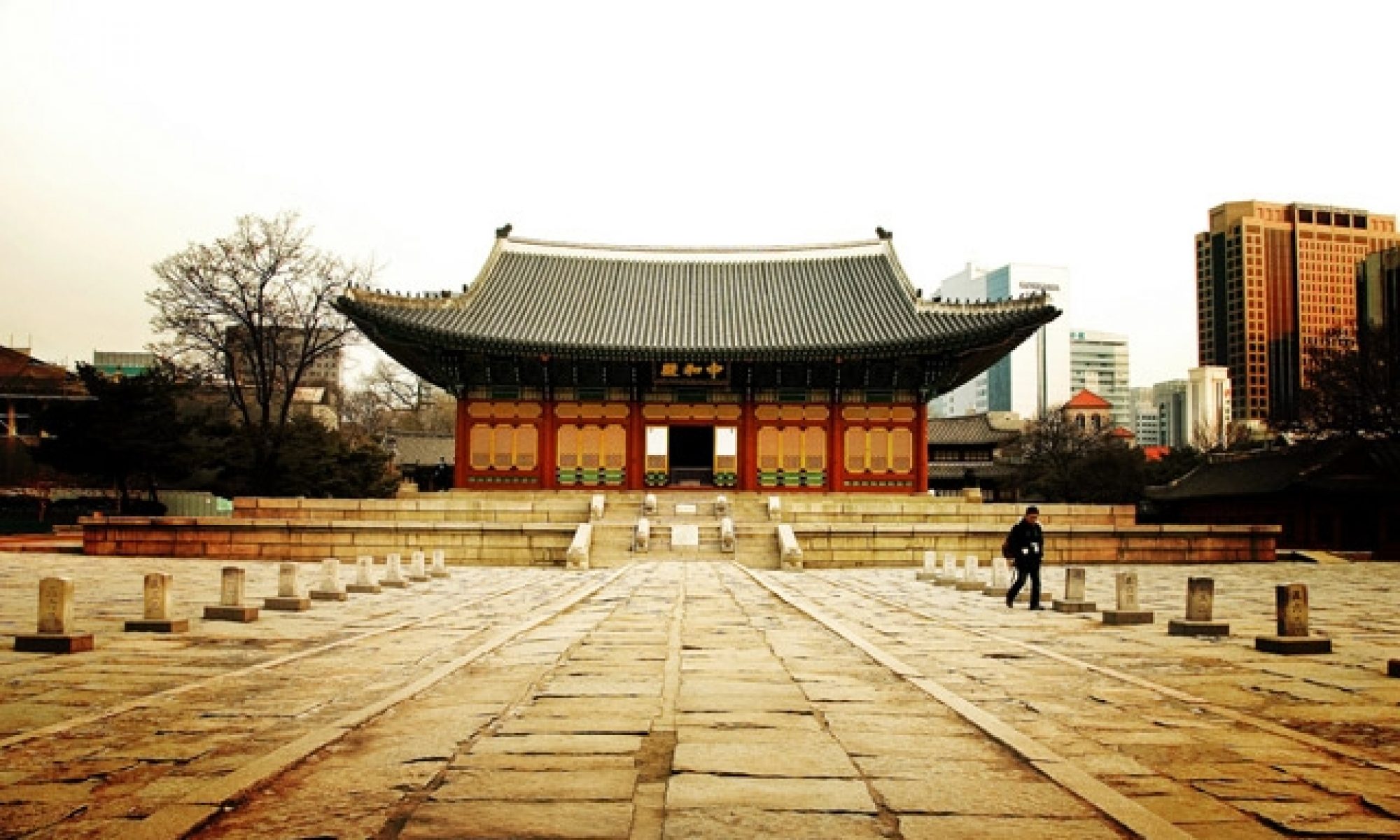
This week we discussed Buddhism, and how it traveled to Korea. Buddhism was founded by Siddharta Gotama Buddha in sixth century BCE in the eastern provinces of India. This became the state religion in the third century BCE and eventually became the main religion in both China and other East Asian Nations. The religion involves many different things, including the four noble truths, and the eightfold path. The four noble truths are as followed: All life is suffering, There is the origin to suffering, There is an end to suffering, The eight-fold path leads to ending the suffering. The eightfold path continues to the: right views, right intentions, right speech, right action, right livelihood, right effort, right mindfulness, right concentration, shradda, darshana, bhhavana. Karma, samsara, this gati which is one’s mode of existence. Another term that is important to Buddhism as a religion, Dharma determines one’s true essence, sense of righteousness, the duties, as well as the cosmic rules that give all people their essence.

:max_bytes(150000):strip_icc()/scenic--tradition--landscape--temple--korea--unified-silla-kingdom--construction-124247176-5b4bcea946e0fb005bb9c818.jpg)
